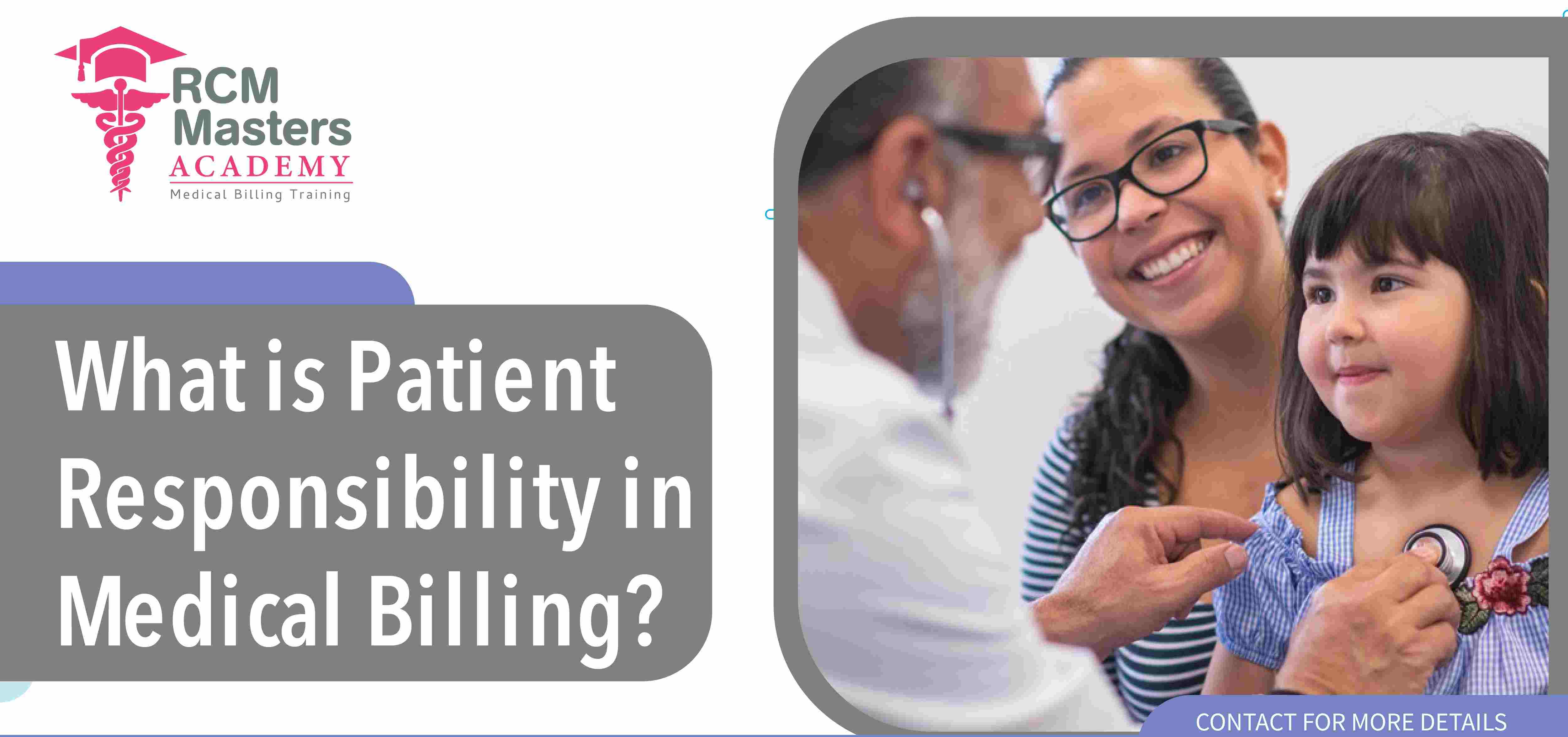 info@rcmmastersacademy.com
info@rcmmastersacademy.com

Medical billing can be a complex and confusing process, not only for healthcare providers but also for patients. One area that often causes confusion is patient responsibility in medical billing. We will define patient responsibility and explore why it matters.
What is Patient Responsibility in Medical Billing?
Patient responsibility refers to the portion of medical bills that patients are responsible for paying out of their own pockets. This includes deductibles, copayments, and coinsurance.
A deductible is a set amount of money that patients must pay before their insurance coverage kicks in. For example, if a patient has a $1,000 deductible, they must pay $1,000 out of pocket before their insurance starts covering their medical expenses.
A copayment is a set amount that patients must pay for a specific medical service or prescription. For example, a patient may have a $25 copayment for each doctor's visit.
Coinsurance is a percentage of the cost of medical services that patients are responsible for paying after they have met their deductible. For example, if a patient has a 20% coinsurance, they would be responsible for paying 20% of the cost of a medical service, and their insurance would cover the remaining 80%.
Why Does Patient Responsibility Matter?
Understanding patient responsibility is important because it can have a significant impact on a patient's finances. Medical bills can be expensive, and patients may not realize how much they will have to pay out of pocket until they receive a bill.
In some cases, patients may not be able to afford to pay their medical bills, which can lead to financial hardship or even bankruptcy. By understanding their patient responsibility, patients can plan and budget for their medical expenses and make informed decisions about their healthcare.
Additionally, healthcare providers rely on patients to pay their portion of medical bills. When patients do not pay their bills, it can create financial challenges for healthcare providers, which can impact the quality of care they are able to provide.
How Can Patients Determine Their Patient Responsibility?
Patients can determine their patient responsibility by reviewing their health insurance policy. This should outline their deductible, copayments, and coinsurance for different medical services.
Patients can also contact their healthcare provider's billing department for more information about their patient responsibility. It is important for patients to ask questions and clarify any confusion they may have about their medical bills.
In some cases, patients may be eligible for financial assistance programs that can help cover their medical expenses. Healthcare providers may have programs available to help patients who are struggling to pay their bills.
Patient responsibility is an important aspect of medical billing. By understanding their patient responsibility, patients can plan and budget for their medical expenses, and healthcare providers can ensure they are able to provide quality care. Patients should review their health insurance policy and ask questions if they are unsure about their patient responsibility. Healthcare providers should be transparent about patient responsibility and offer assistance programs when possible. By working together, patients and healthcare providers can ensure that medical billing is a transparent and manageable process.
You can enroll for our Online Medical Billing Training here: